Affiliate links on Android Authority may earn us a commission. Learn more.
ZTE Axon vs LG G4 quick look
July 15, 2015
We’re in New York to see ZTE’s new and highly ambitious offering for the US market, the Axon. Combining a striking all-metal design with some of the finest specifications on the market, the Axon deserves your attention in and of itself. But ZTE seems decided to make this device a homerun, which may explain the Axon’s affordable price tag: $500 unlocked.
The Android arena is nothing if not competitive, so can a newcomer (even one with the massive might of ZTE at its back) take on heavyweights like Samsung Galaxy S6, HTCOne M9, or the LG G4?
In this quick comparison, we look at how the ZTE Axon compares to LG’s leather-bound G4. Let’s get right to it!
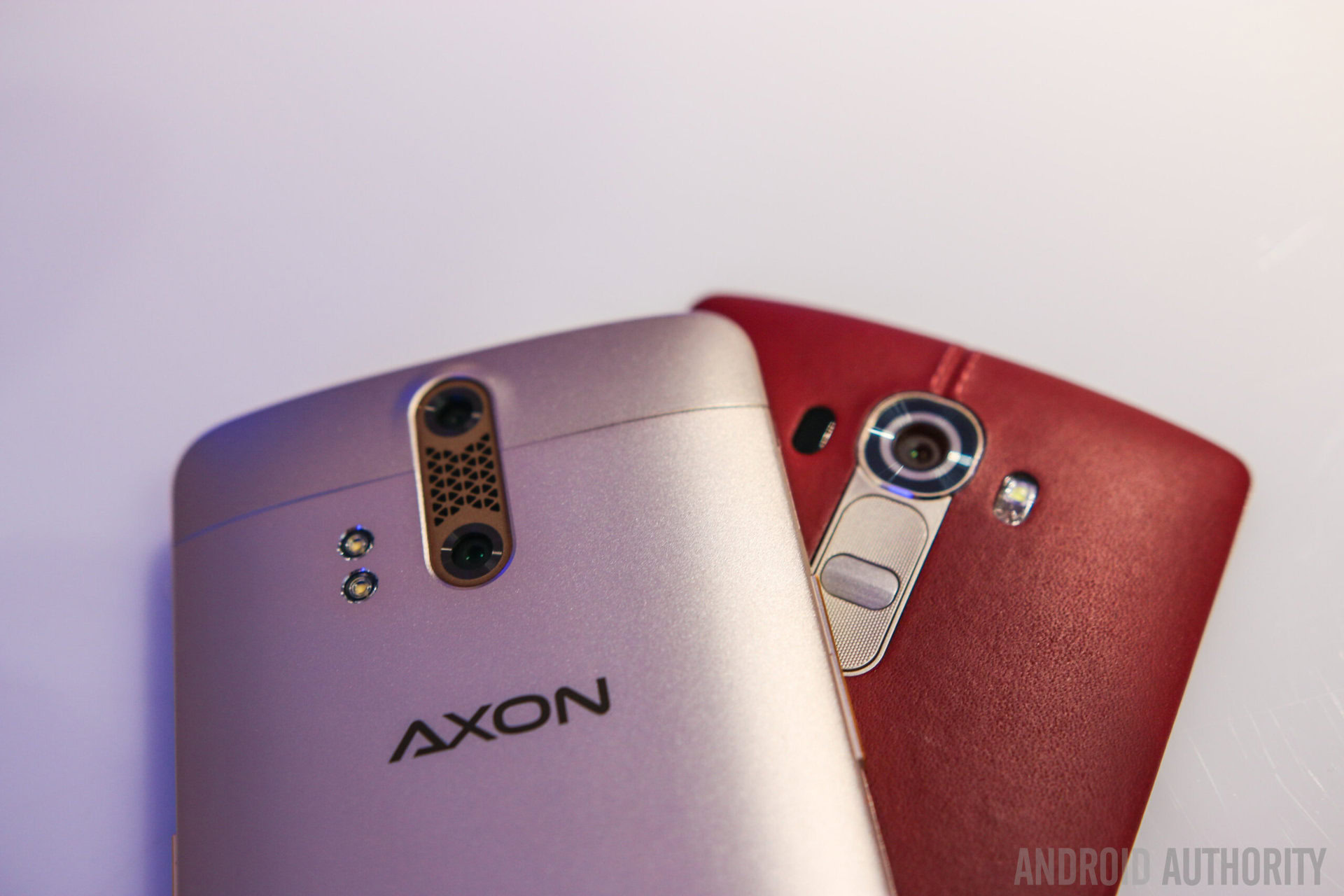
Build quality and design
Two premium looking phones go toe to toe, but the similarities end there. The ZTE Axon stands out through its metallic unibody, which sports a striking design element in the styling of the frontal grilles and the camera panel on the back. While the Axon is relatively attractive, it’s not exactly an original appearance, at least not if you’re familiar with HTC’s 2011 flagship, the One X. The Axon seems to combine the One X’ general shape and grille placement with the metallic construction of the One M series. It’s up to you how you feel about it, but overall we think ZTE’s designers did a solid job.
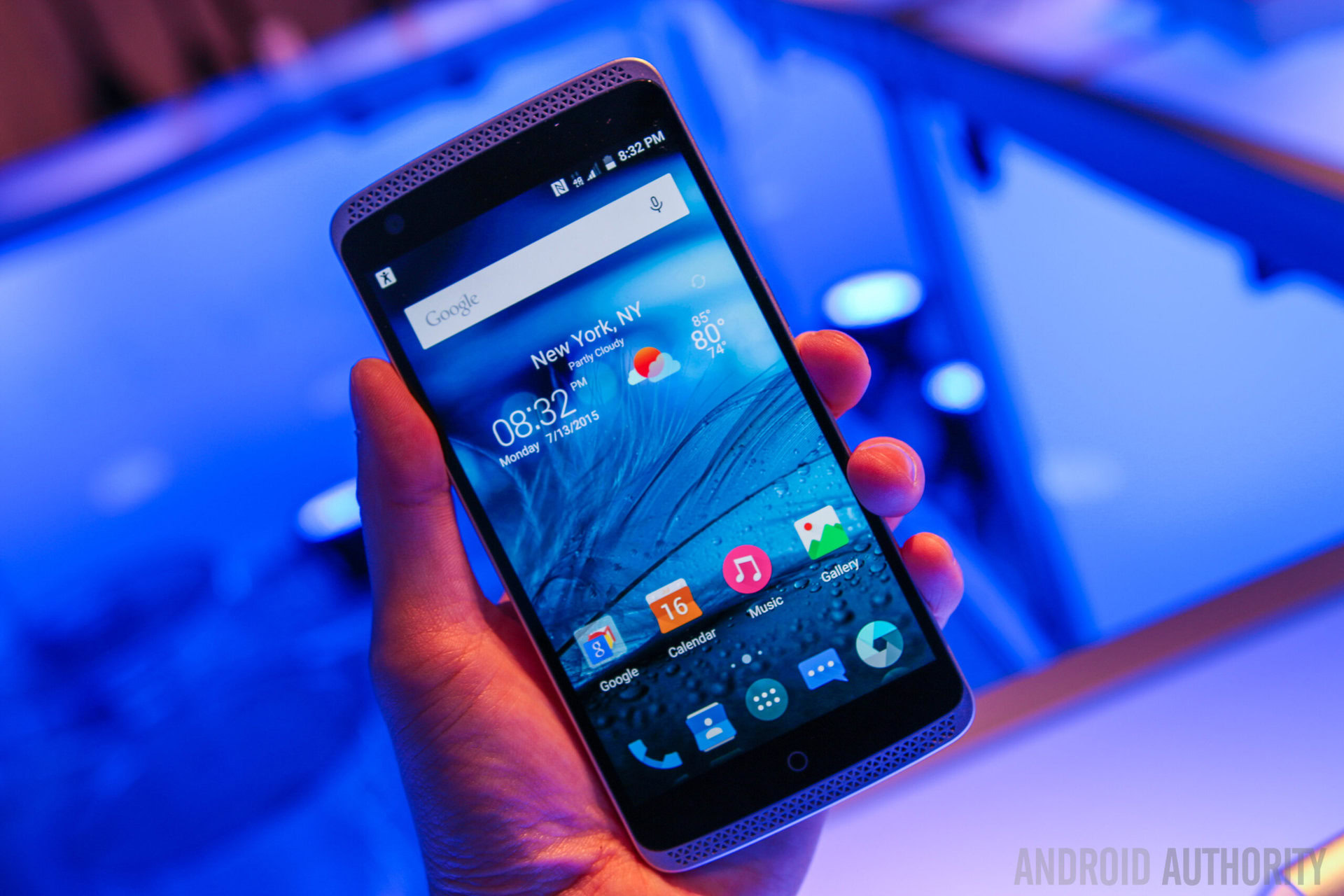
On the other hand, we have the G4, with its smooth curves and natural leather backing. While some may find the prominent seam dividing the back of the G4 a bit gaudy, there’s no denying that leather is a premium material that just oozes personality. If the leather doesn’t catch your eye, the rear-mounted power button and volume keys just might. It’s a distinctive design element that offers some distinct functionality as well, as having the buttons on the back makes it easier to maneuver the 5.5-inch device.
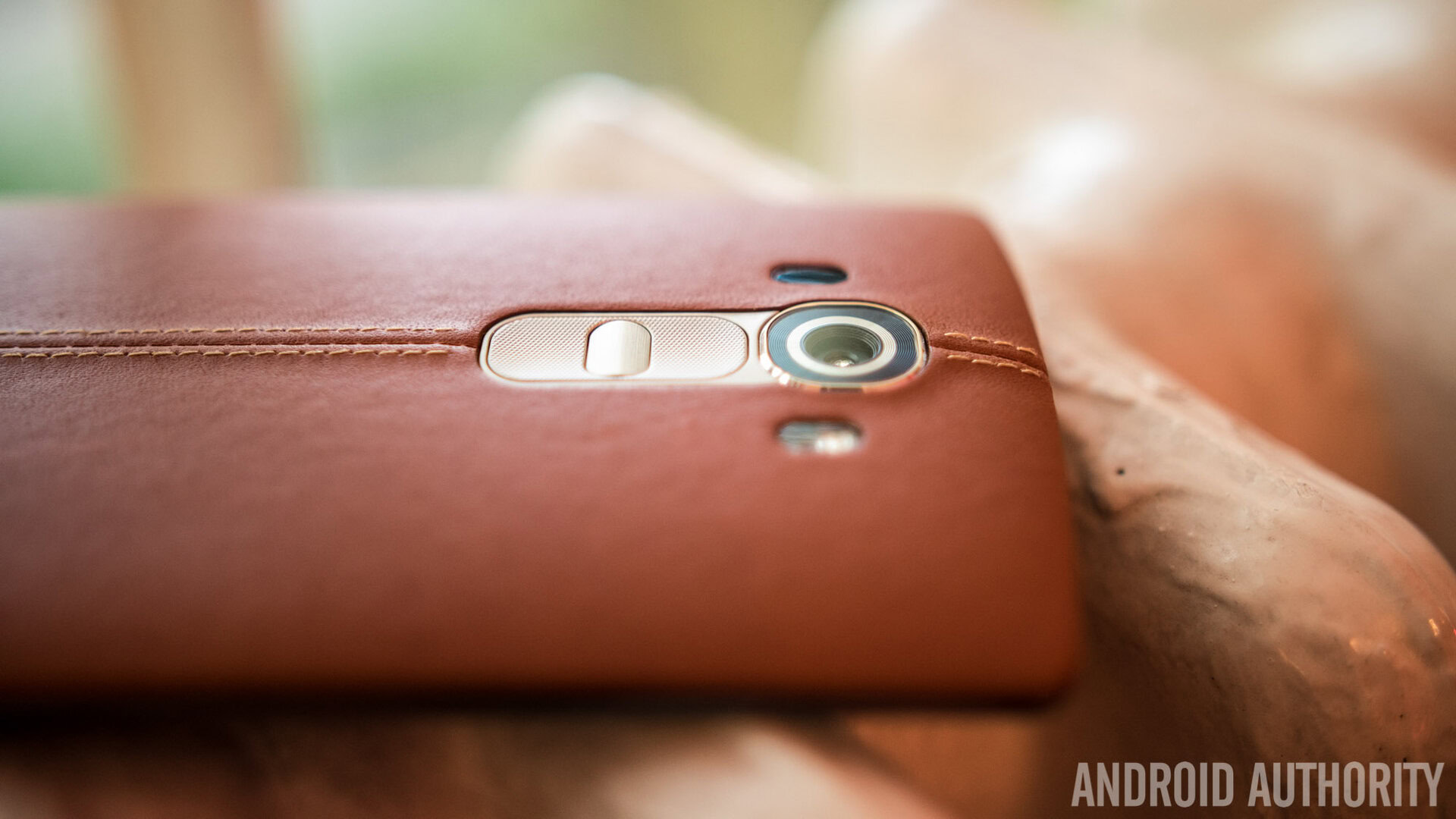
Speaking of size, both phones have 5.5-inch displays, but due to its front grilles and generally larger bezels, the Axon is visibly larger than G4’s compact flagship. That’s not to say the Axon is unwieldy, though at 175 grams it’s not a light phone either.
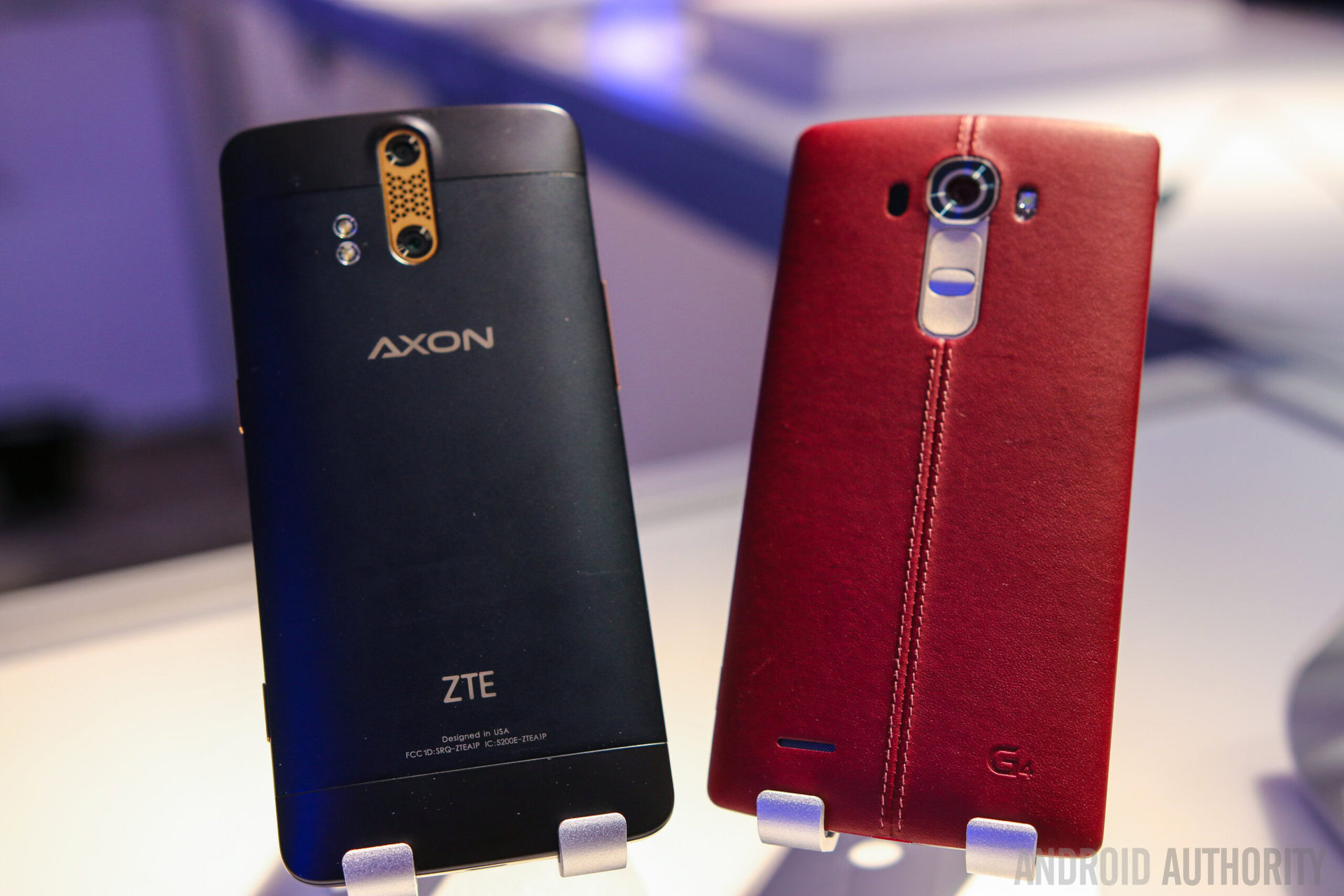
The Axon features ZTE’s well-known “circle” home button, flanked by two capacitive keys, while the G4 uses on-screen navigation. One advantage that the Axon offers is the presence of a dedicated shutter button on the side, which is something that few Android smartphones feature these days.
Display
Both competitors offer 5.5-inch screens of Quad HD resolutions, resulting in pixel densities of 534 ppi. However, while the raw specs are similar, there are some differences in the underlying technology.
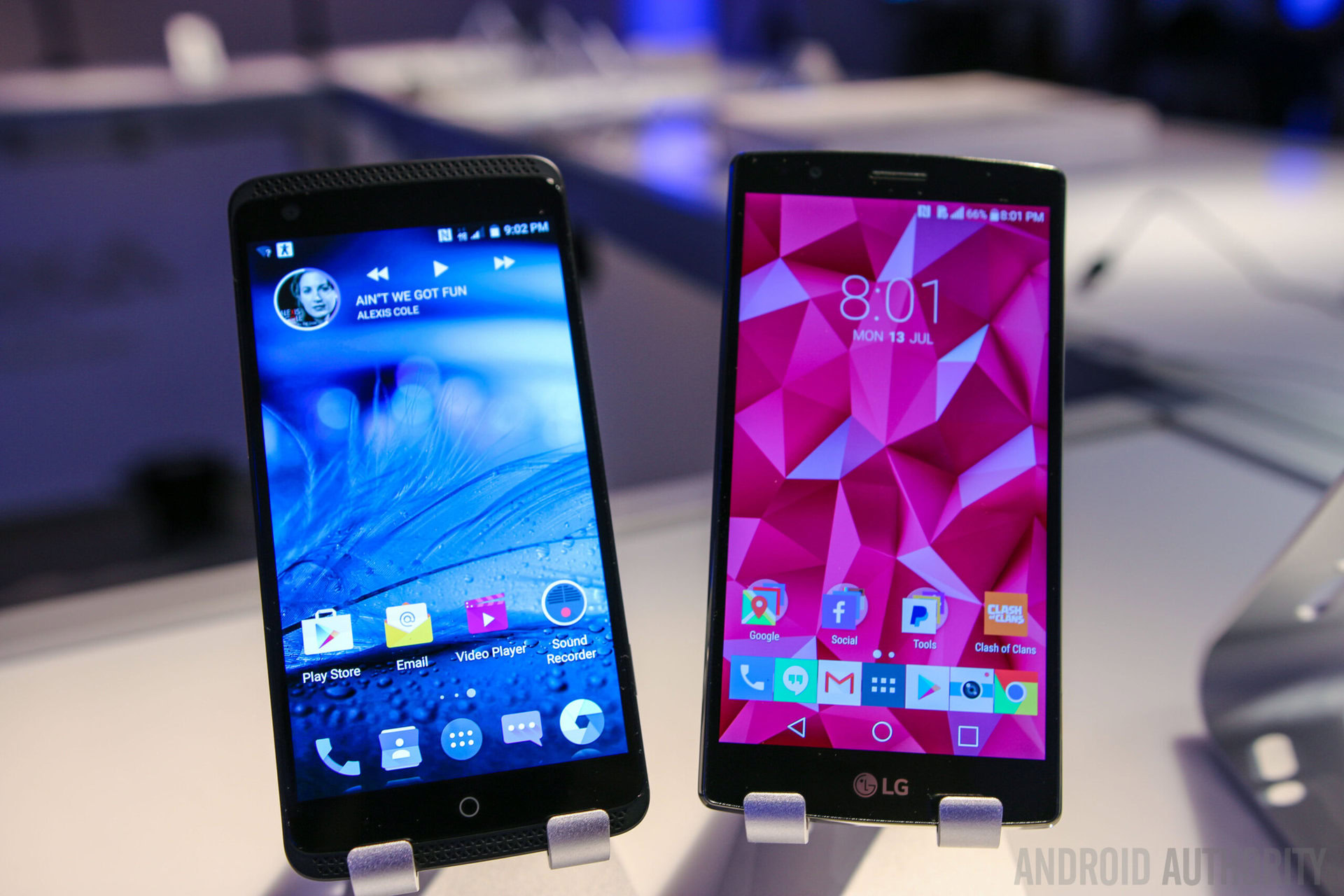
The LG G4 offers an IPS LCD display dubbed Quantum, which offers a wider color range compared to the previous generation of the G series, as well as more brightness. Looking at the G4’s display, it’s easy to see what LG is talking about: the colors just pop from the screen and there’s little to complain about.
The ZTE Axon is also LCD, but its particularity is the use of Continuous Grain Silicon technology, which increases electron mobility in the display and allows for a thinner and more efficient construction. From our experience with it, the Axon looks fantastic, with great colors, brightness and viewing angles.
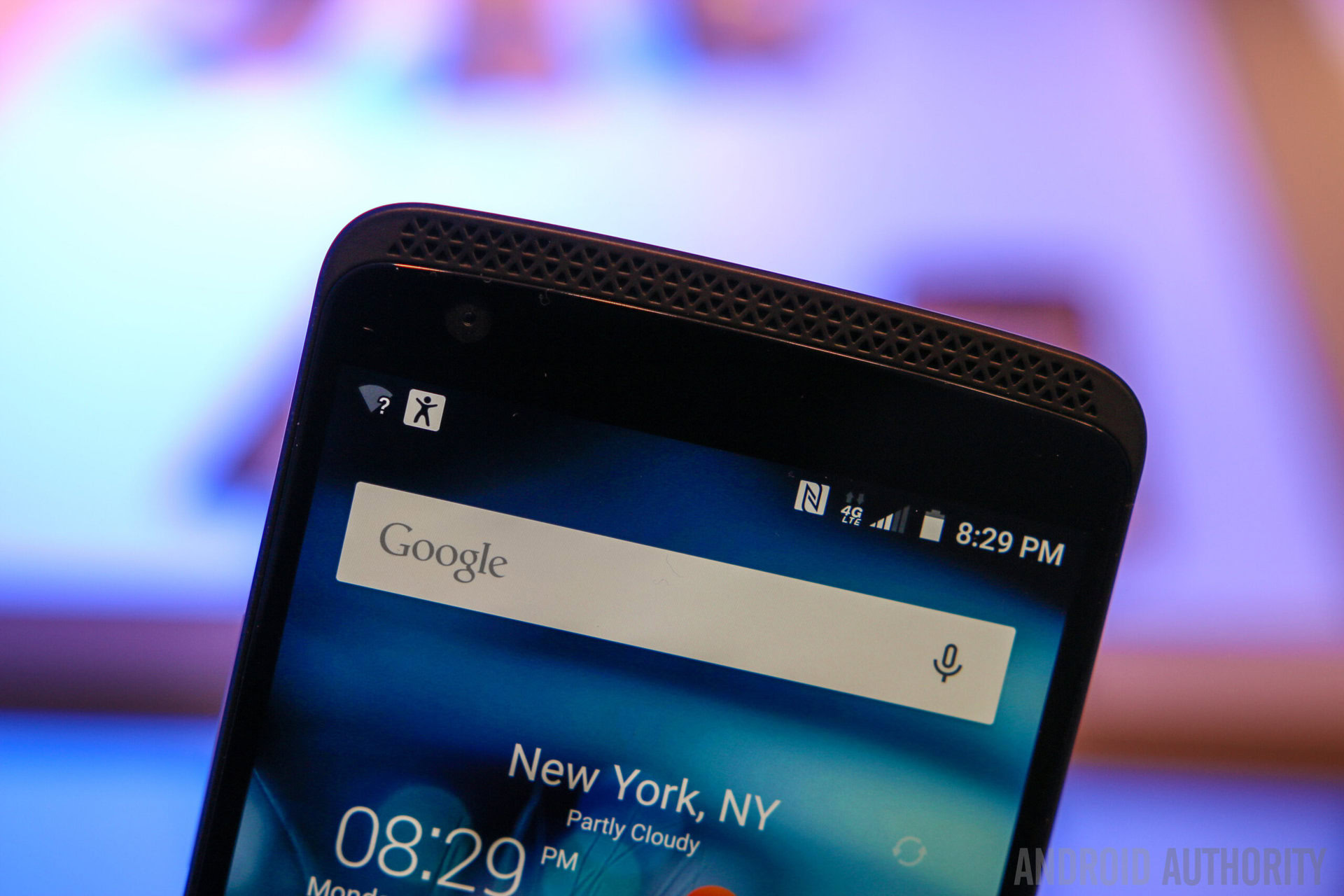
Performance
ZTE is pulling no punches with the Axon, even if the decision to include the Snapdragon 810 processor may dismay some people. With that said, while HTCand Sony did have some apparent issues with the inclusion of the hot-tempered Snapdragon 810, there’s no guarantee the Axon will suffer the same fate. Performance-wise, there’s nothing to complain about here, though obviously our brief time with the device is not enough for any real judgement. The UI elements were animated without any stuttering and there was no lag in opening and switching between apps – the 4GB of RAM of the Axon certainly help in this regard, as we’ve seen with the ASUS Zenfone 2 before it.
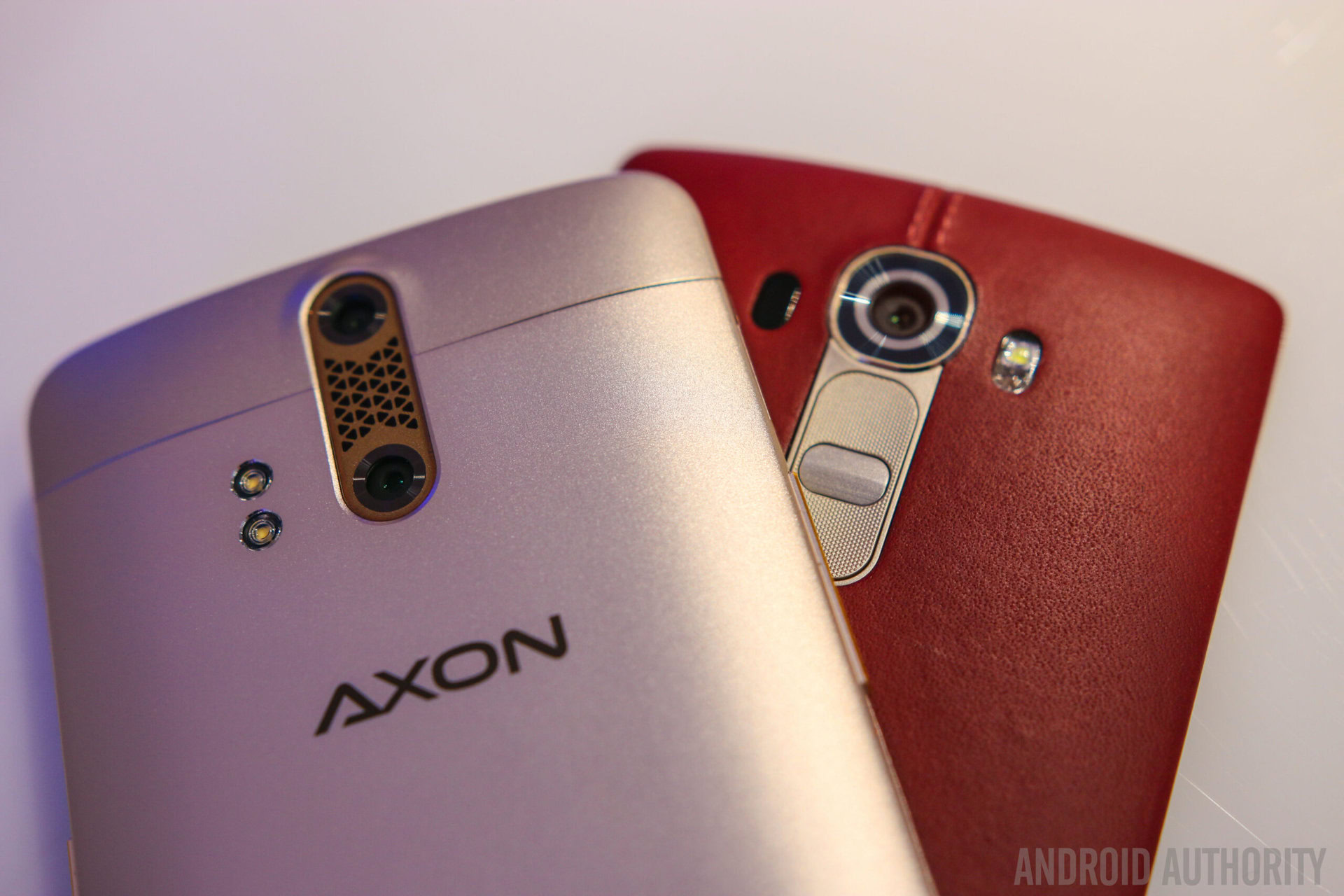
In the opposing corner, LG did not risk using the Snapdragon 810 on the G4, opting instead for the slightly slower Snapdragon 808, coupled with 3GB of RAM. LG’s UI is the fastest it’s ever been on the G4, and that is said to be a result of the optimization work that LG did in collaboration with Qualcomm.
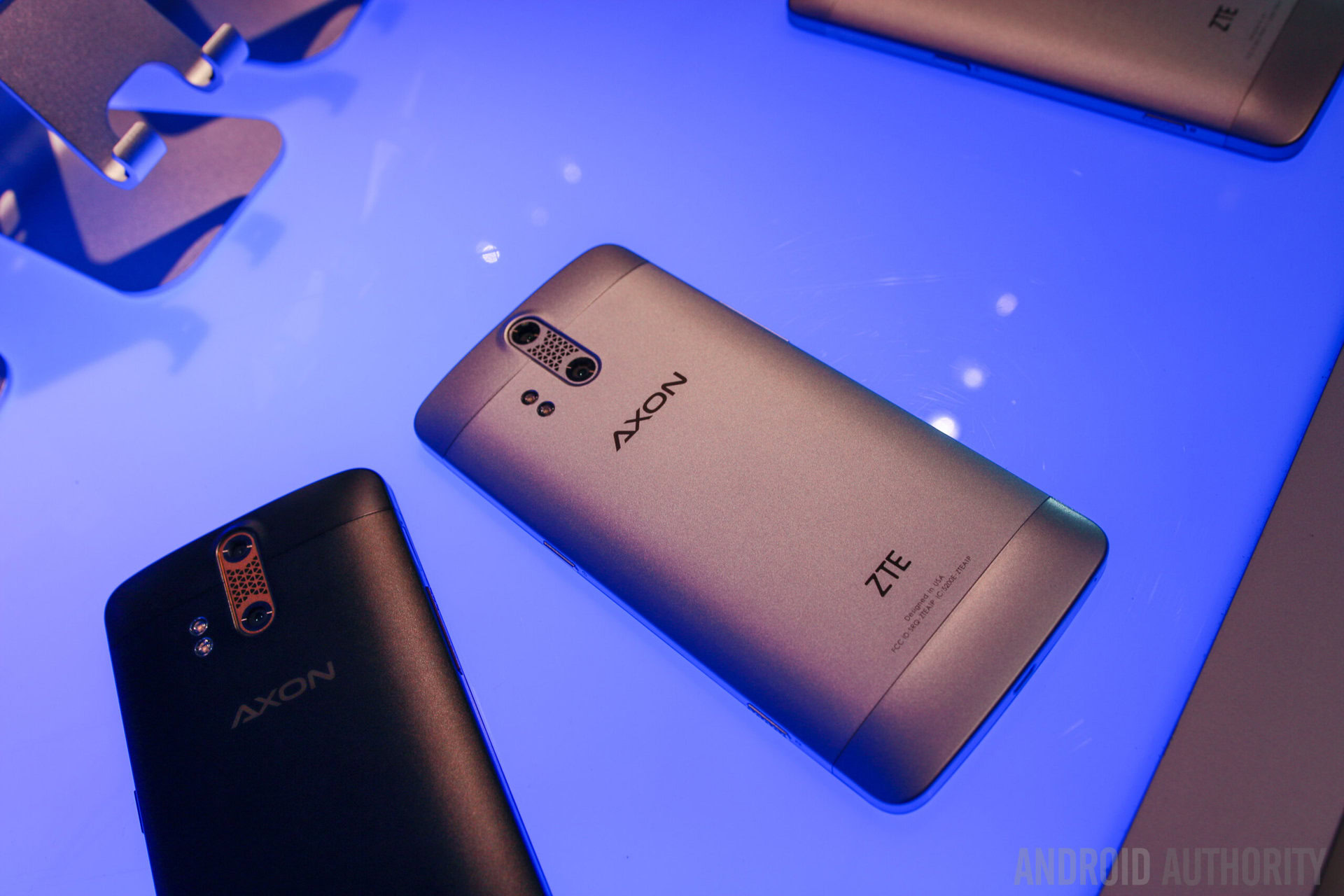
Bottom line, these are two powerful devices that will offer great performance, but the Axon may hold the edge thanks to the extra RAM, especially in multi-tasking situations.
Hardware
In terms of storage, you get 32GB on both devices, but the G4 gets a lead thanks to the presence of a microSD card slot beneath the removable back plate. The Axon, in contrast, does not offer expandable storage, so you will have to rely on the cloud to supplement your 32GB of onboard memory.
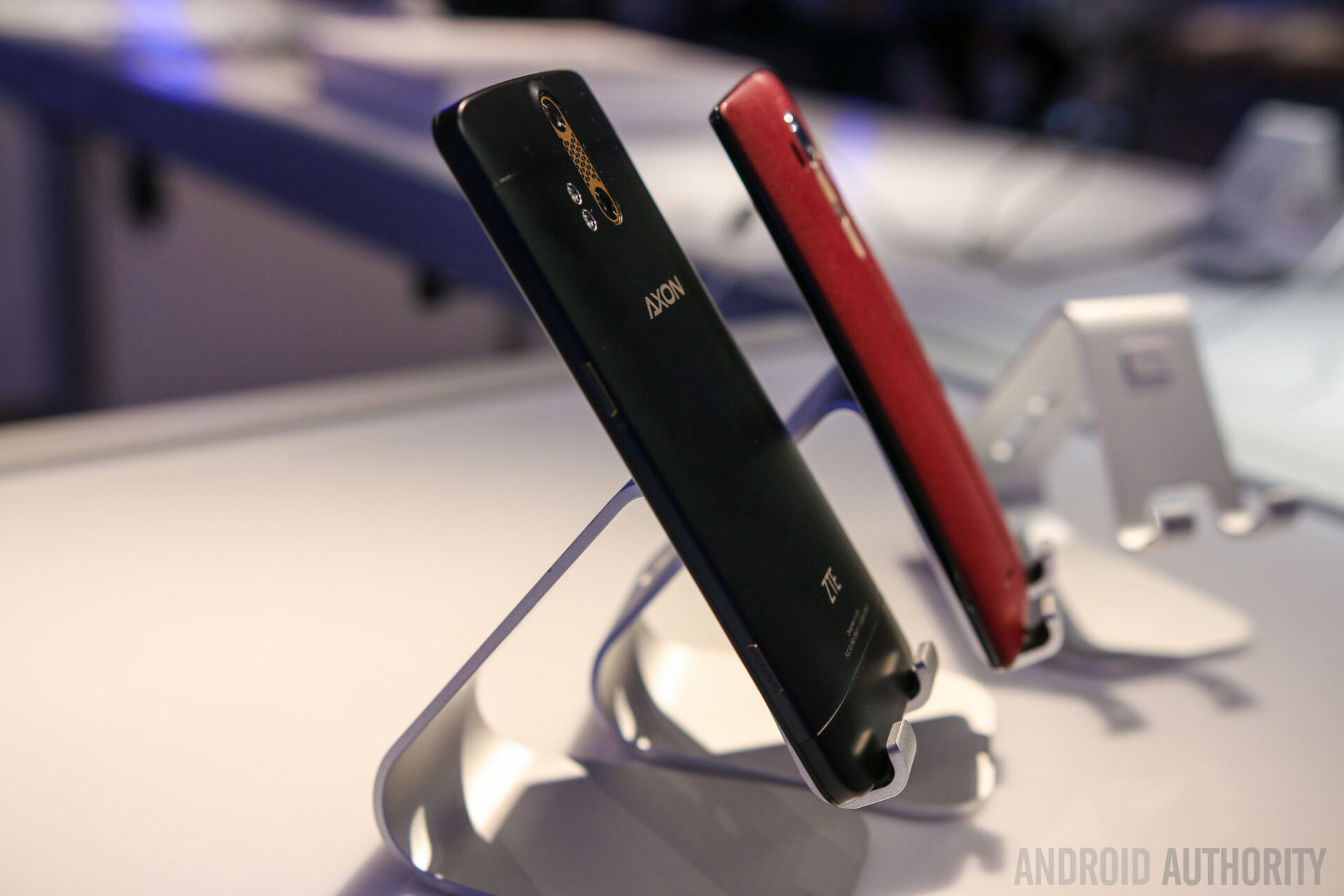
ZTE touted the hi-fi audio playback capabilities of the Axon, but even if the dual grilles would have you believe otherwise, there’s only one speaker on the device, on the bottom side of the phone. Still, ZTE says you will be able to hear the difference that hi-fi audio makes, even when listening with a cheap pair of headphones.
The battery size on both phones is 3,000 mAh, but the unit on the G4 is user replaceable.
Camera
The Axon features a dual-camera setup that resembles the Duo Camera setup of the One M8 and other HTCdevices, allowing the device to focalize better and faster, as well as offer features like post-shot refocusing. The two cameras are 13MP and 2MP respectively, and they are aided by a dual-LED flash and two microphones, which should eliminate ambient noise when recording in difficult conditions. Meanwhile, selfie lovers will want to hear about the 8MP front shooter. We’ll need time with the Axon to really appraise its camera, but at least on paper, things are looking good.
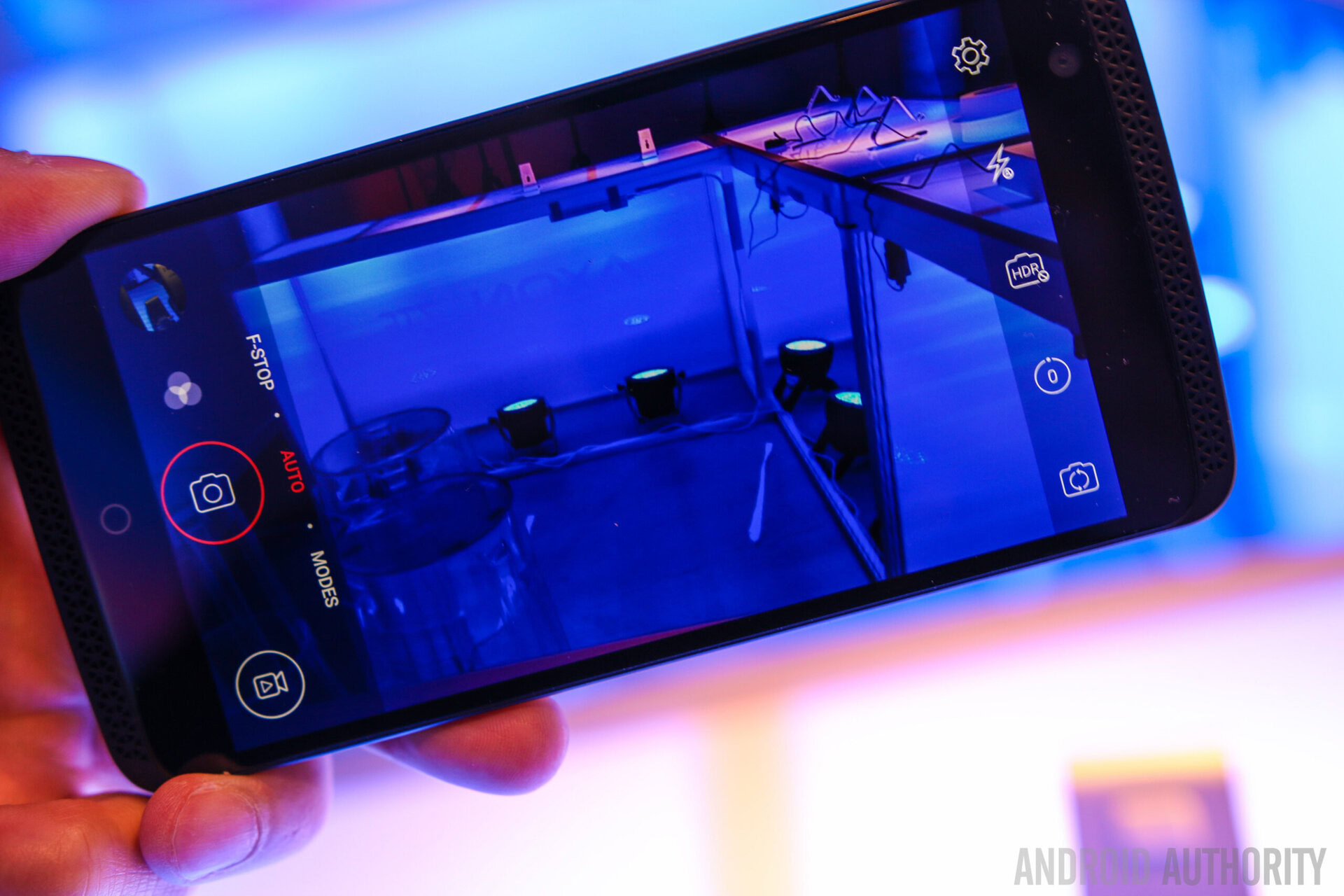
Things are also looking very good when it comes to the LG G4’s camera, with its laser-assisted focus system and impressive f 1.8 aperture lens allowing it to capture lots of ambient light. Optical image stabilization helps with low light photography and video, and, overall the G4 is one of the finest camera phones you can get right now.
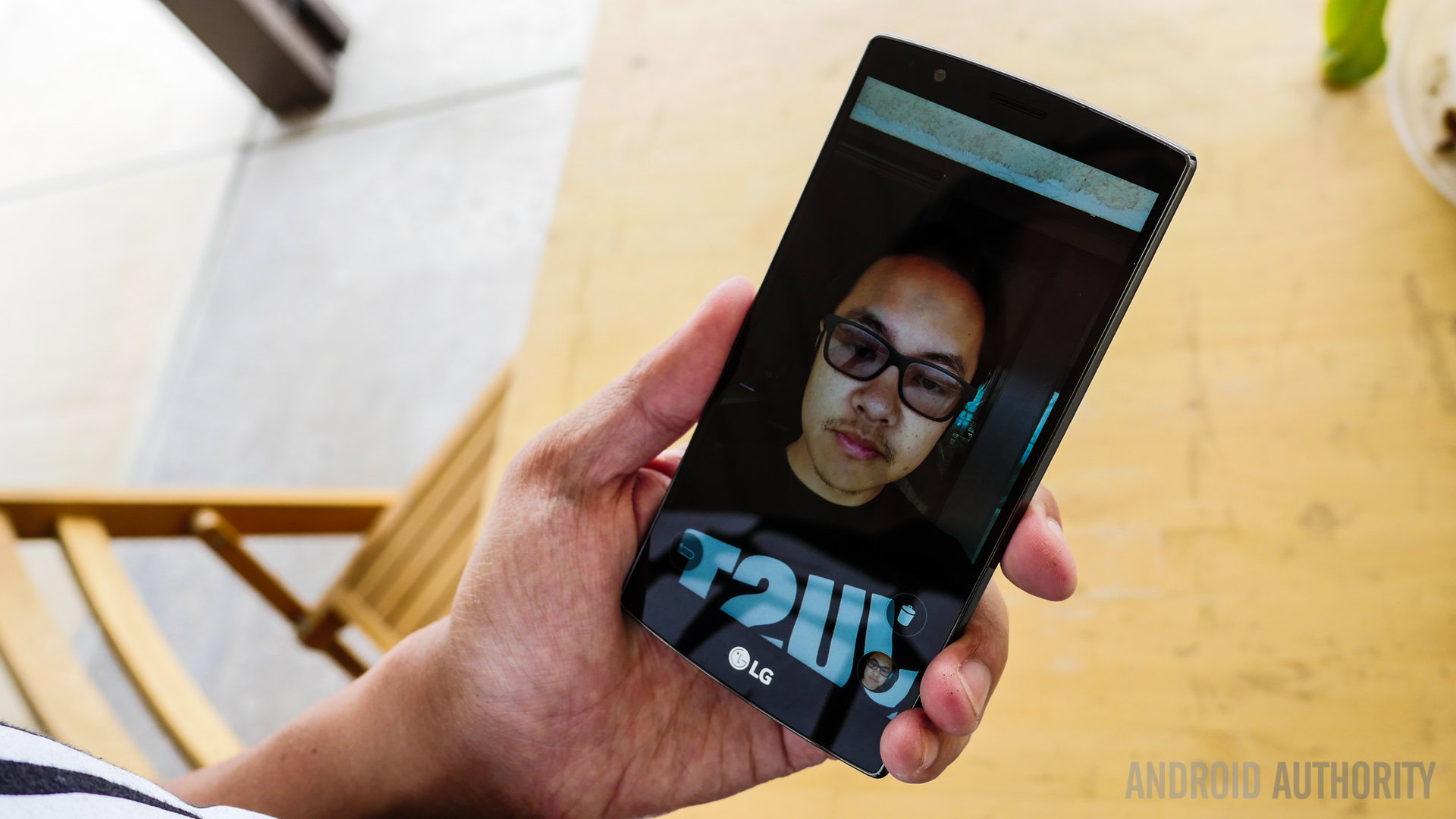
Software
While ZTE phones destined for the Chinese market are not known for their polished and minimalist user interfaces, the situation is slightly different on the Axon. While there are some customizations, ZTE generally kept stock elements from Android 5.1, including the notification dropdown, the quick settings screen and more. There are a handful of pre-installed apps as well, including Argus and Map My Run.
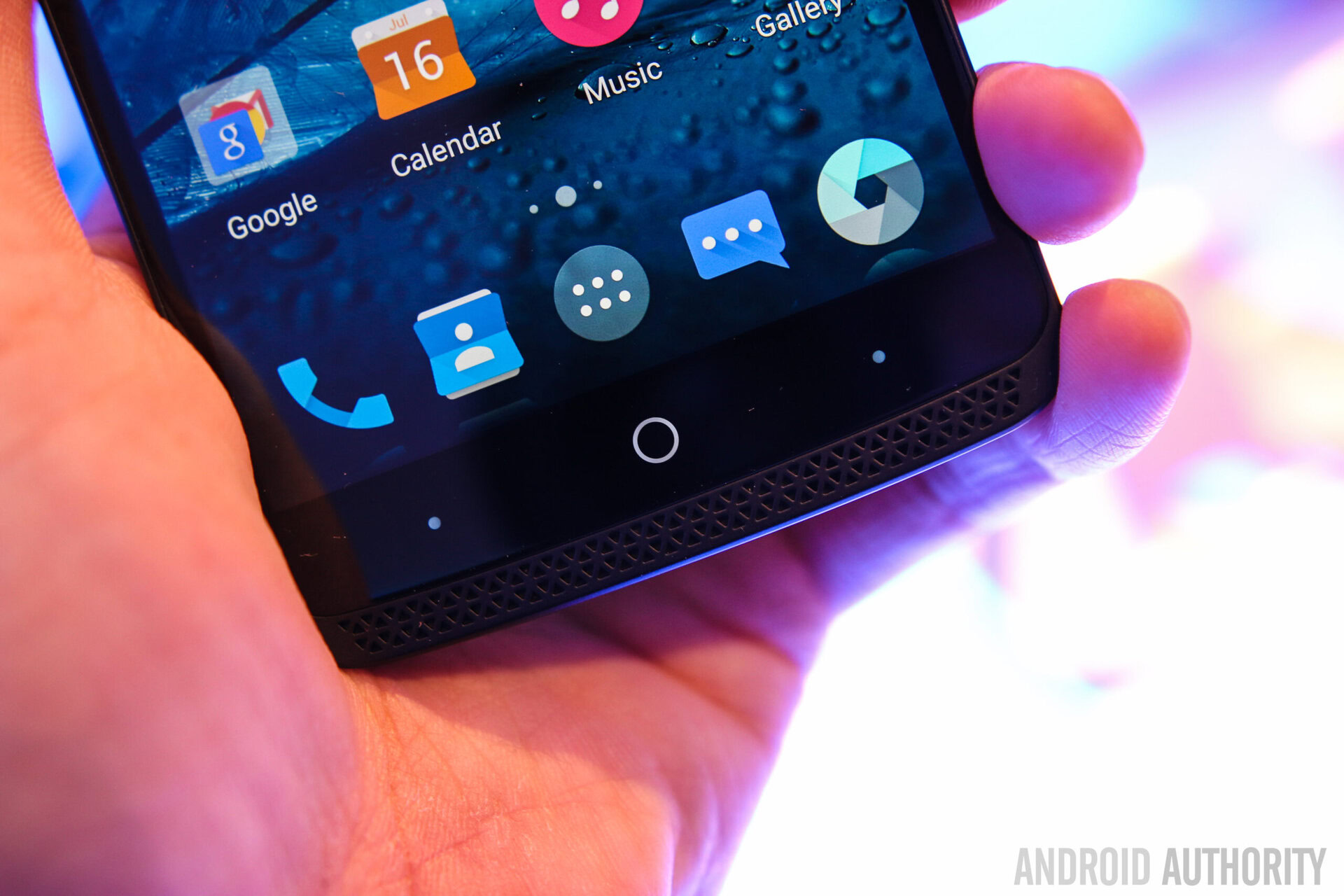
LG chose to simplify the aesthetics of its UI, even if functionality remains relatively stuffy on the G4. There are some questionable features, but also several useful ones, like Knock Code and Multiwindow. LG also worked with Google to put its apps front and center on the device, as opposed to opting for its own apps.
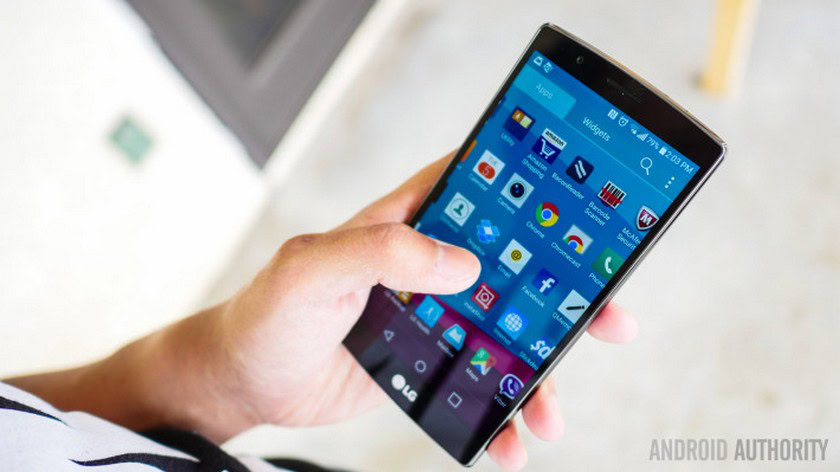
Wrap up
The LG G4 and ZTE Axon are both great devices, but it looks like the newcomer will be able to give the G4 a run for its money, and more than that. At $500, the ZTE Axon is not exactly in the impulse buy territory, but for those who buy their phones unlocked the $150-$250 difference compared to other Android flagships can make a real difference.
We’ll reserve our full judgment for the review, but in the mean time tell us what are your thoughts on the Axon and how it compares with the LG G4?